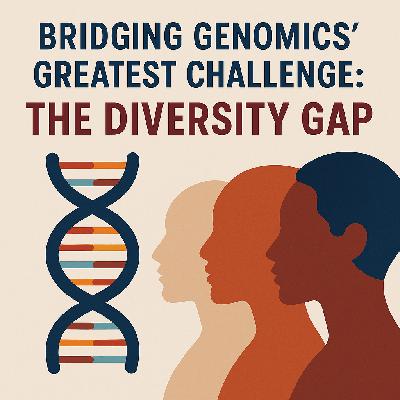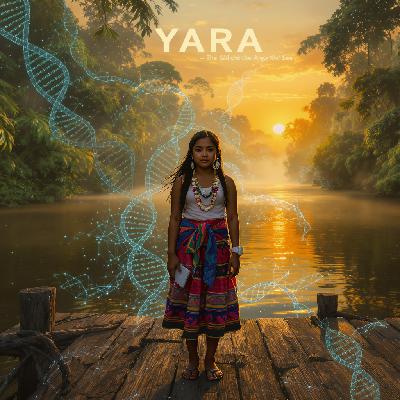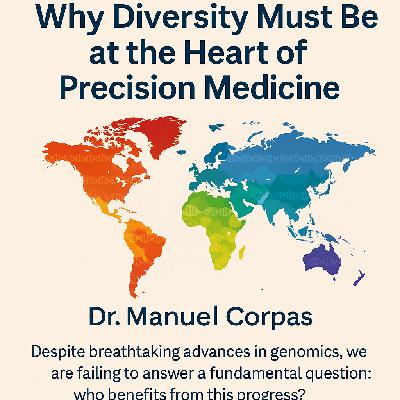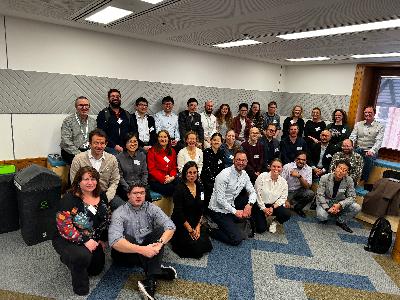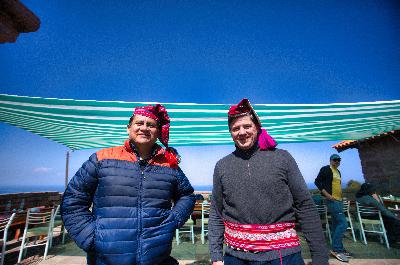Bridging Genomics’ Greatest Challenge: The Diversity Gap
Description
Genomics holds the promise to revolutionize healthcare—offering tailored diagnoses, treatments, and prevention strategies. But as I shared in my recent talk, this vision remains dangerously incomplete without one critical ingredient: diversity.
<figure class="wp-block-embed is-type-video is-provider-youtube wp-block-embed-youtube wp-embed-aspect-16-9 wp-has-aspect-ratio">
<figure class="wp-block-audio"></figure>
At the heart of my presentation, delivered on 26 June 2025, was a stark reminder from Popejoy and Fullerton’s landmark 2016 Nature paper: over 80% of genomic data used in research comes from individuals of European ancestry . Nearly a decade later, while awareness has improved, the numbers have barely shifted. This lack of representation is not just a scientific flaw—it’s a humanitarian one.
Genomic diversity matters because it directly influences the accuracy and efficacy of medical interventions. When reference panels are built on narrow population groups, they fail to capture the genetic variants that are common—or even critical—in other ancestries . This can lead to misdiagnoses, ineffective treatment plans, and serious adverse drug reactions.
Take, for instance, CYP2D6, a gene involved in the metabolism of over a quarter of all registered drugs. A specific duplication variant of this gene affects nearly 30% of Ethiopians, leading to toxic outcomes with codeine—a commonly prescribed painkiller. Similarly, certain alleles impact how women with African ancestry respond to tamoxifen, a key breast cancer drug . Without this knowledge, clinicians are left in the dark—and patients bear the consequences.
The issue is compounded by sex bias in pharmacogenomics. Women, especially older women, experience adverse drug reactions almost twice as often as men. Yet gender and sex differences are often sidelined in drug trials and genomic datasets . With the rise of polypharmacy in aging populations, this oversight poses a growing threat to public health.
My presentation also touched on the right to science. If genomic medicine is to fulfill its promise, then all populations must have equal access—not only to its benefits but also to participation in its construction.
The takeaway is clear: we must challenge the systemic biases in genomic research. We need broader, deeper, and more inclusive data. And we need to do it now—not later. Because when only a fraction of humanity is represented in the data, only a fraction can truly benefit from the science.

